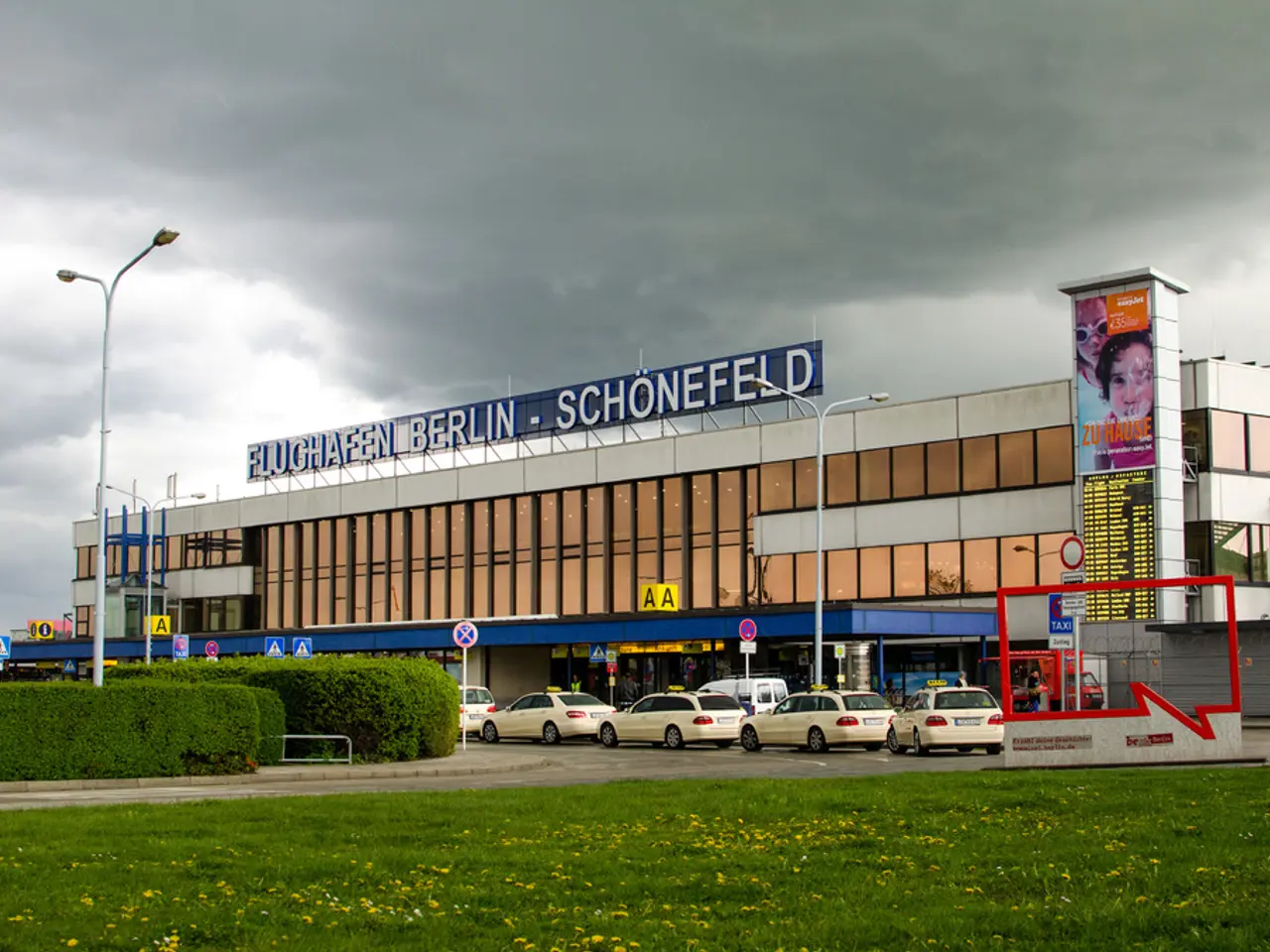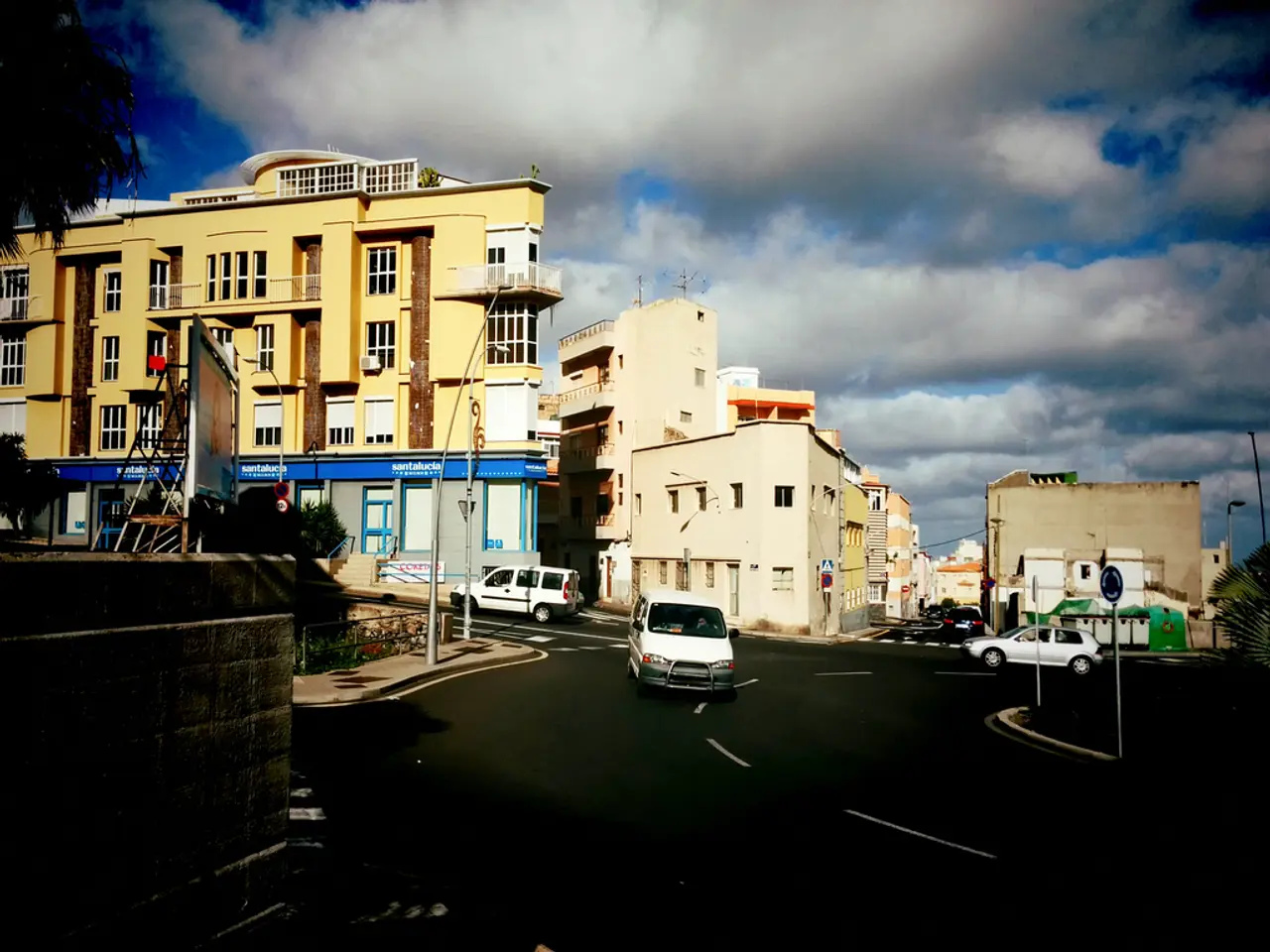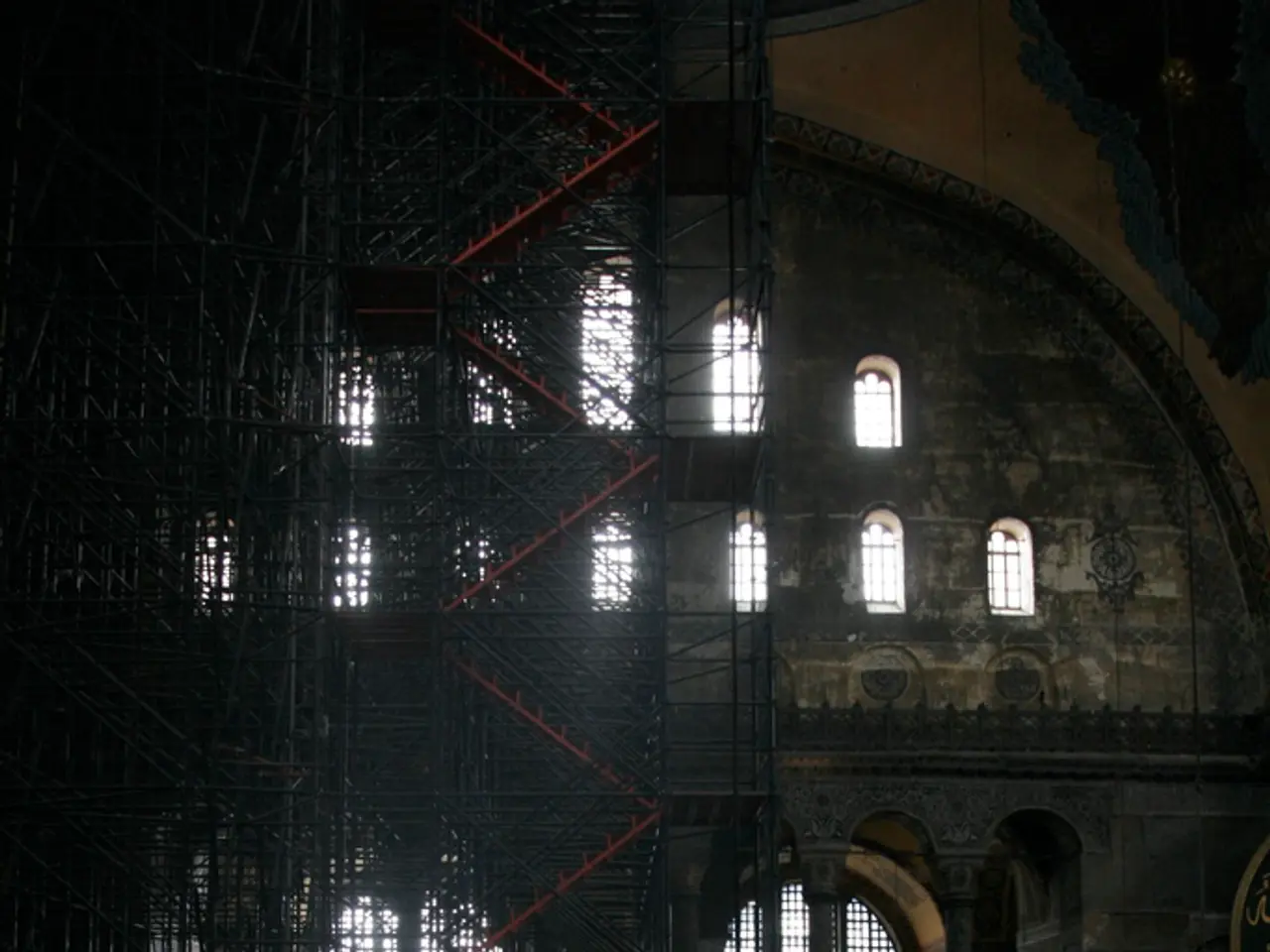Military intensifies fire-suppression efforts and updates on active fires (view images)
The Portuguese Air Force (FAP) is playing a crucial role in combating wildfires in northern Portugal by enhancing fire surveillance capabilities using multi-engine aircraft. Since late July 2025, the Air Force has intensified aerial surveillance, detecting multiple fires early, which aids rapid firefighting response.
Among the aircraft used for fire detection and coordination missions is the P-3C CUP+, although publicly available sources do not explicitly mention this specific aircraft model. However, it is known that the Portuguese Air Force operates a P-3C variant upgraded for multi-mission capabilities, including maritime patrol and surveillance roles that can be adapted for wildfire monitoring.
The P-3C CUP+ aircraft, if involved in these missions, provides real-time aerial data to ground firefighting units, improving situational awareness and helping optimize resource deployment in wildfire-prone areas. In the first eight hours of its mission, the aircraft reported nine fire foci to the ANEPC at Ermelo, Gandra, and Santa Comba Dão.
The high endurance of the P-3C CUP+ aircraft allows it to fly day or night for over 13 consecutive hours, making it an invaluable asset in the fight against wildfires. Aerial surveillance allows for the detection of risky or intentional behaviours, promoting a deterrent effect against intentional wildfire activities.
Whenever a suspicious behaviour is detected during a surveillance mission, it is followed and reported to the competent authorities. Aerial surveillance also allows for the early identification of fire foci and their causes, enabling a quicker, more effective response, thereby minimizing fire damage.
In addition to the Portuguese Air Force, firefighting efforts in northern Portugal, including areas like Ponte da Barca, involve international cooperation, such as Spanish firefighting aircraft, and thousands of firefighters with aerial support from helicopters and planes. The combined air and ground efforts have been crucial in bringing multiple large fires under control recently.
In summary, the role of the Portuguese Air Force is to enhance aerial wildfire detection and surveillance using multi-engine aircraft. The P-3C CUP+, if involved in these missions, provides real-time aerial data, improving situational awareness and helping optimize resource deployment. This leads to early detection of fires, improved coordination, and more efficient deployment of firefighting assets. Collaboration with ground firefighters and international aerial firefighting support is also essential in the successful combat of wildfires in northern Portugal.
What role does the P-3C CUP+ aircraft play in combating wildfires in northern Portugal, if involved in these missions? It provides real-time aerial data, improving situational awareness and helping optimize resource deployment, leading to early detection of fires and improved coordination for more efficient deployment of firefighting assets. This aircraft is used in environmental-science, particularly climate-change studies, as it can monitor the weather and detect risky or intentional behaviors that may contribute to wildfires.








